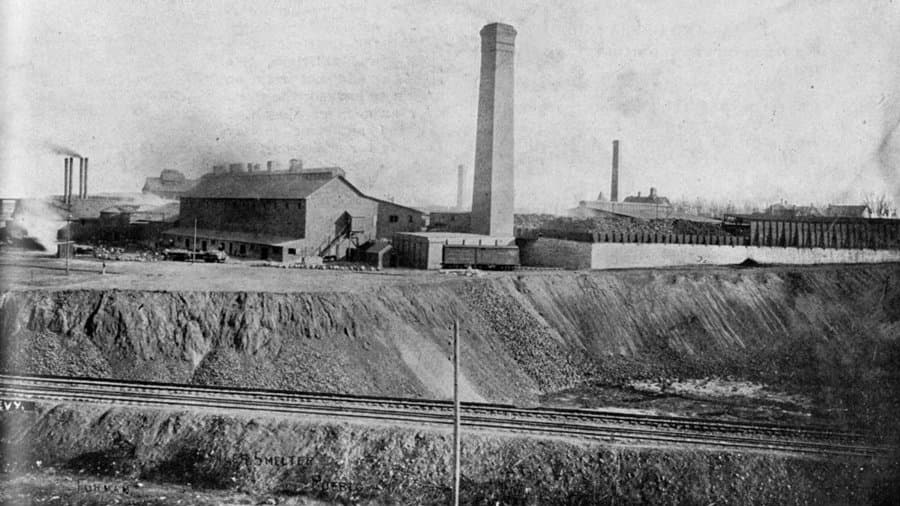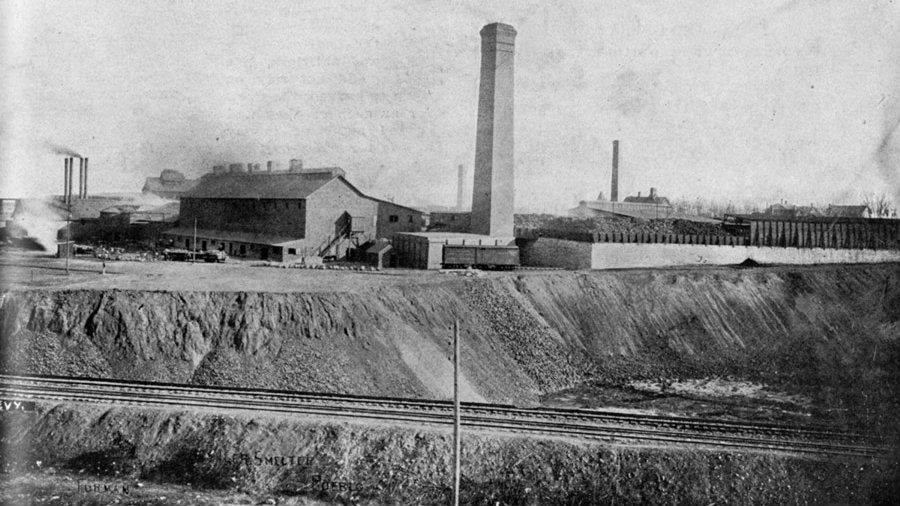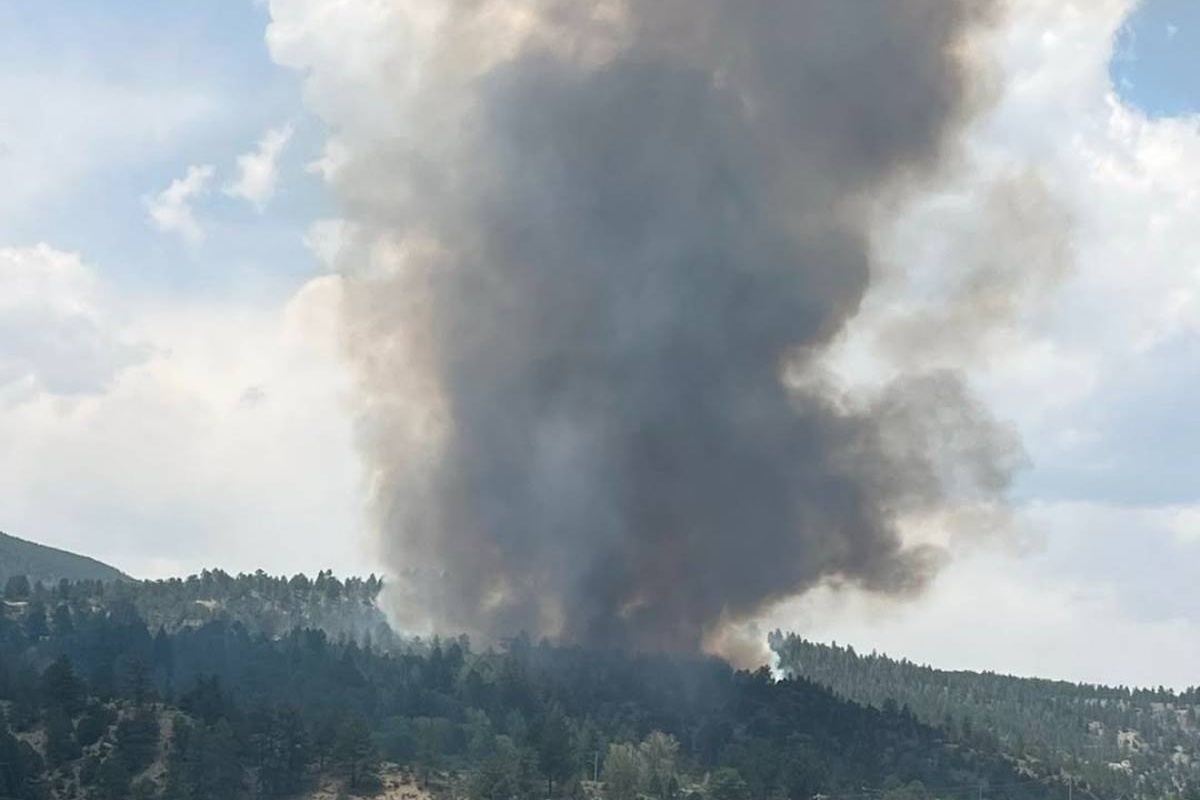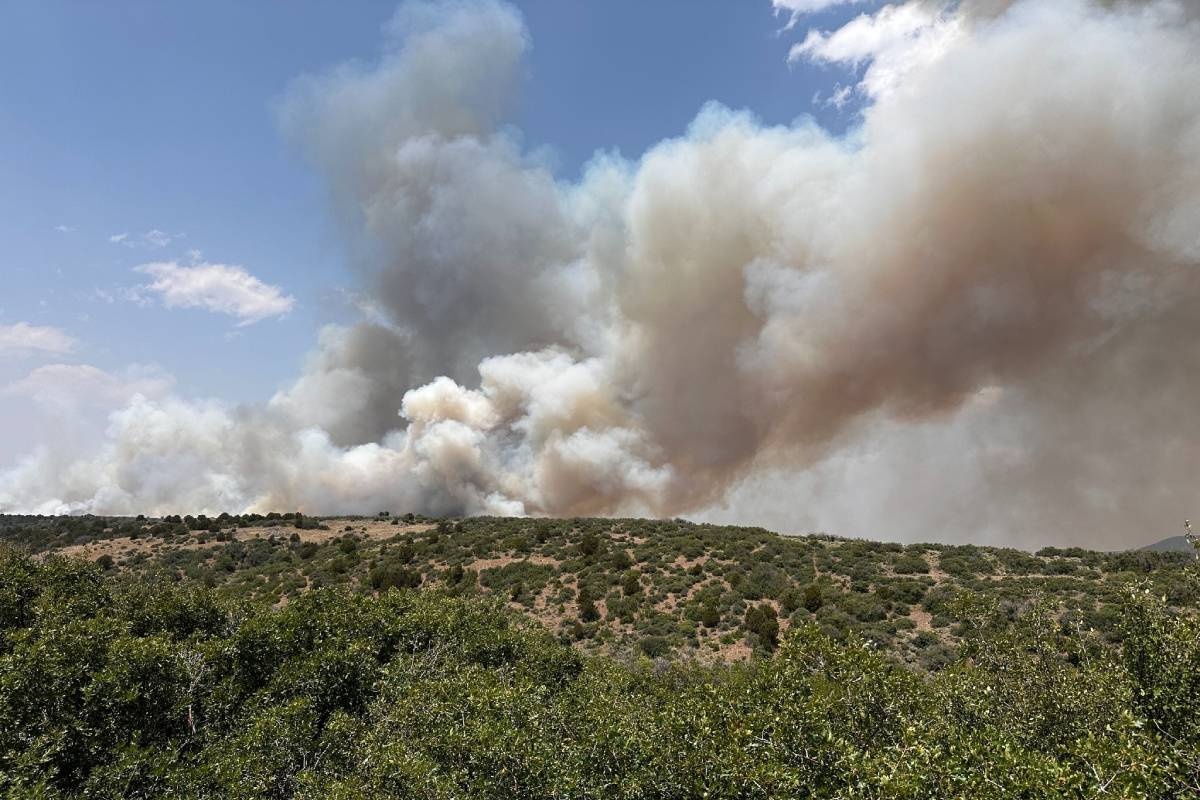

Contaminants from a long gone silver smelter could still be affecting air quality in Pueblo, according to preliminary EPA results released Tuesday.
The agency’s data show elevated levels of some metals like cobalt, aluminum and manganese from an air quality monitor located near the 100-year-old slag pile that is the focus of the Colorado Smelter Superfund site in south Pueblo.
These initial readings are the first of a year long study that will be used to determine the nature and extent of contamination, said EPA project manager Jamie Miller. When they see elevated levels it doesn’t necessarily mean increased health risks, but “it ensures that we look further, we don’t ever say if something is heightened - oh it’s fine.”
Potential health risks could include respiratory or nervous system effects and other problems.
The Colorado Smelter was designated as a Superfund site in late 2014 due to high levels of lead and arsenic in soils in the neighborhoods surrounding the slag pile left behind by the former plant. EPA identified some 1,700 residential properties, as well as some public spaces, in the area for soil sampling to determine whether lead and arsenic levels are high enough to require clean ups.
More than half the homes have now been tested and 47 have had clean ups, which involves removing soil up to 18 inches deep and replacing it with new clean fill. One park has also been cleaned up.
Nearly 500 homes have had indoor dust sampling to check for lead, resulting in 43 indoor clean ups so far. Outdoor and indoor sampling is ongoing. EPA lead project manager Sabrina Forrest anticipates that yard clean ups will begin again with a new contractor in early 2019.
“We’re really pushing to making it happen as quickly as possible recognizing that people want to continue to see clean ups continue, we do as well,” she said.
Earlier this year EPA announced an accelerated funding plan that doubled the annual amount budgeted for the project. Clean up of some 800 properties is expected to cost some $75 million spread over four to six years, down from the 10-year timeframe in the original plan.
Pueblo community leaders and residents are also discussing ways to revitalize the Superfund neighborhoods once the clean up is complete. Miller says one of the ideas that came out of a recent meeting was how use walking and bike trails to connect the neighborhoods that lie on either side of Interstate 25.
“People feel that 25 really divides the neighborhoods up,” she said.
A revitalization workgroup will create a planning document that will allow Pueblo agencies and leaders to coordinate their efforts with EPA’s work in the Superfund area, Miller said









